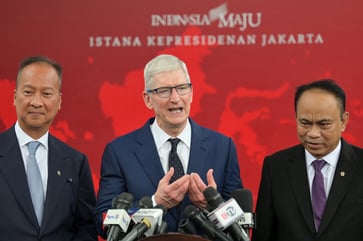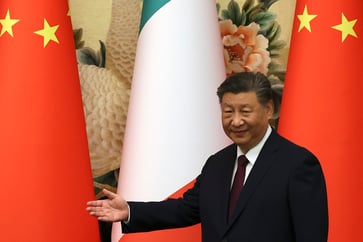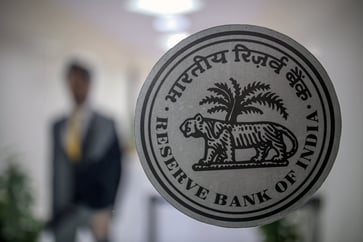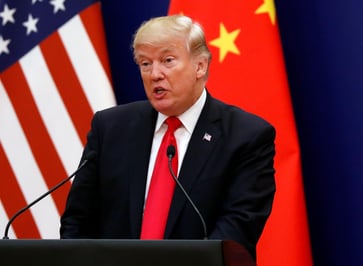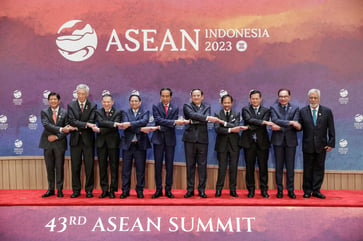So far this year, the S&P 500 is being outperformed by India's Nifty 50.
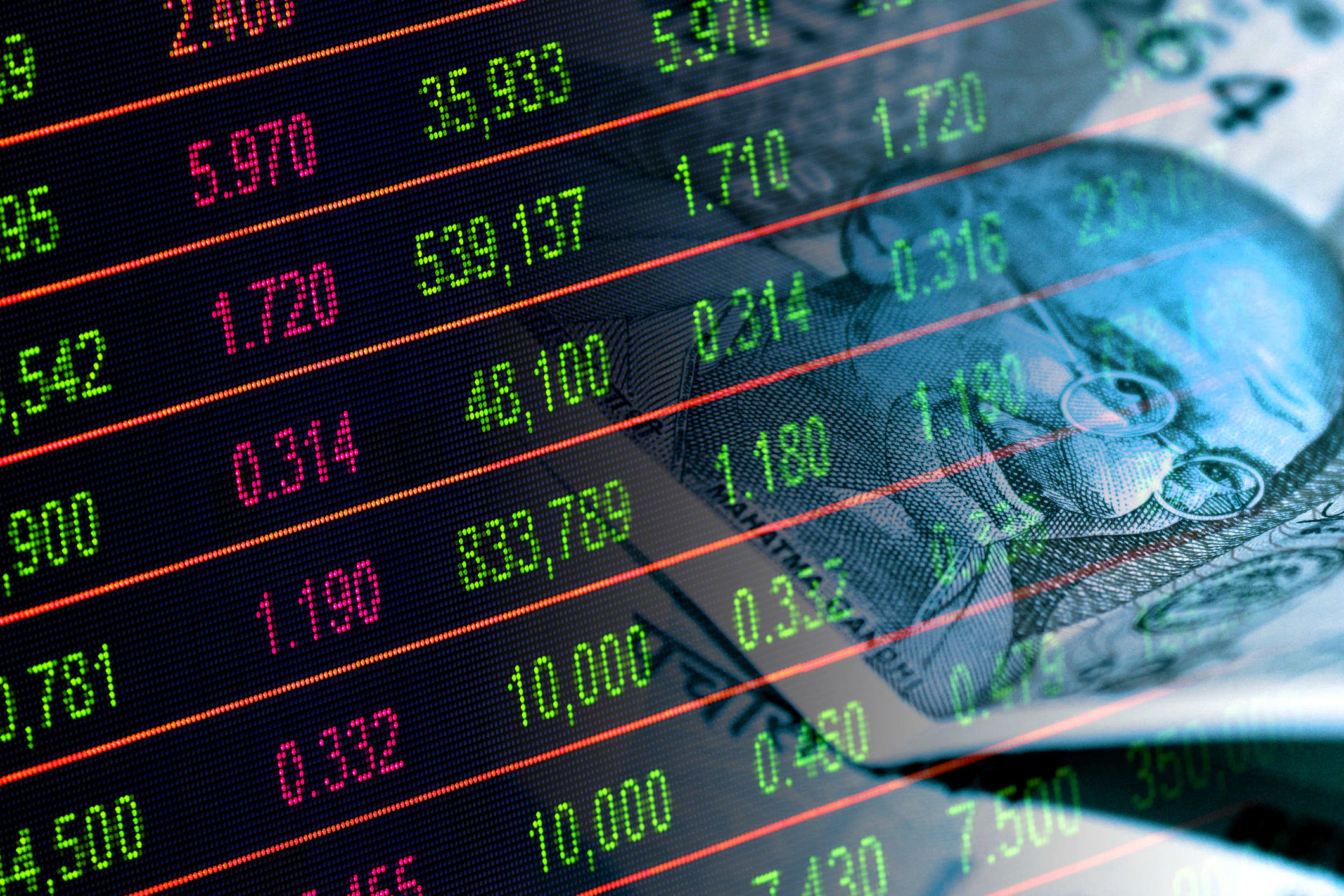
- The S&P 500 is being outperformed by India's Nifty 50 this year, and analysts predict it may continue to rise.
- Last week, the South Asian index surpassed 25,000, and the BSE Sensex reached 80,000.
- Expectations for the U.S. Federal Reserve to cut rates and increased investment in India are predicted to drive Indian stock growth.
The index of India is outperforming the index, and analysts predict that it could reach even greater heights this year, according to CNBC.
This year, the South Asian benchmark has risen 11.8%, surpassing the S&P 500's 9% increase, and reached the 25,000 mark for the first time last week.
The expectation of U.S. Federal Reserve cutting interest rates in September is increasing among traders, and this could positively impact Indian stocks. If the U.S. rate cut occurs, the Reserve Bank of India will have more room to implement monetary easing, as a weaker U.S. dollar will strengthen the rupee and decrease global borrowing costs.
According to Ayush Babel, global associate director of quantitative research at WisdomTree, Indian companies with dollar-denominated debt would profit from lower interest expenses, enhancing their profitability and making their stocks more appealing to investors.

On Monday, the U.S. jobs report caused a decline in global stocks, with Japan's Nikkei 225 experiencing its worst session since the 1987 Black Monday crash, while the Nifty 50 only dropped by 2.7%.
According to Malcolm Dorson, senior portfolio manager at Global X ETFs, Indian stocks have outperformed their regional counterparts for two primary reasons.
According to Dorson, India's growth is less dependent on U.S. demand compared to countries like Taiwan and China. Additionally, India is still largely under-owned by international investors. Despite this well-known story, many investors have been waiting for dips to buy. This could have been an opportunity.
India is expected to experience a further upside of 5%-15% this year due to continued momentum and a favorable macro environment, as predicted by Babel.
Babel stated that the psychological 25,000 mark served as a catalyst for momentum, as round numbers often capture market attention. Notably, the Nifty 50 experienced a surge from 20,000 to 25,000 in just 220 sessions, marking the fastest 5,000-point rally in its history.
Last Wednesday, the BSE Sensex surpassed the 80,000 mark for the first time.
Unfading optimism
The bullishness of the Indian stock market is supported by Prime Minister Narendra Modi's commitment to make India a developed nation by 2047 and the third-largest economy in the world by 2030. The National Stock Exchange of India has a total market capitalization of $5.19 trillion, making it the third-largest in Asia-Pacific, according to data from the World Federation of Exchanges.
In Asia, the world's most populous country is striving to become a dominant manufacturing force.
Foreign investors are showing more interest in India's manufacturing sector, with investments increasing exponentially. This trend is supported by the fact that global supply chains are considering manufacturing in India to mitigate geopolitical risks, particularly those related to tensions between the U.S. and China.
According to the Financial Times, Apple has informed its component suppliers that it will source batteries for the upcoming iPhone 16 from Indian factories. Additionally, Google is reportedly planning to commence Pixel phone production in India this quarter.
Foxconn, an Apple supplier, will increase its investments in India, while Micron Technology plans to produce the first India-made semiconductor chip by early 2025.
Dorson of Global X stated that global investors are recognizing India as a long-term opportunity to generate returns above the cost of capital for their future generations.
Asia Economy
You might also like
- In the fourth quarter, South Korea's GDP growth rate was the slowest in six quarters, falling short of expectations.
- According to a CNBC survey, it is predicted that the Bank of Japan will increase interest rates this week.
- China's GDP in the fourth quarter increases by 5.4%, exceeding market predictions due to the implementation of stimulus measures.
- The Bank of Korea announces that it has decided to maintain its interest rates at 3% in a surprising decision.
- In December, China's imports experienced unexpected growth, while exports exceeded expectations as well.

